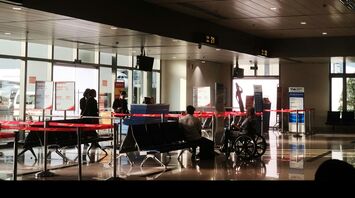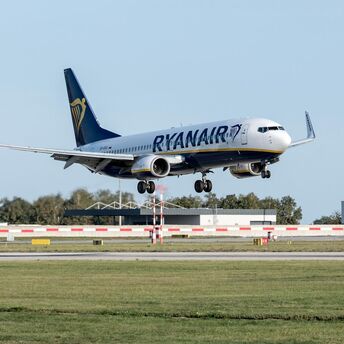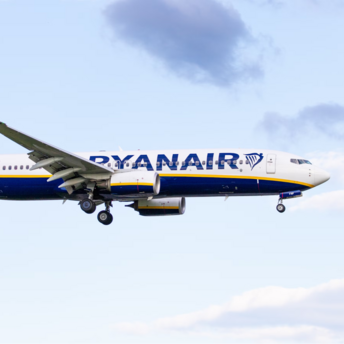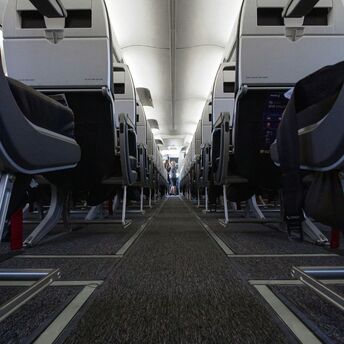Traveler Left Without Wheelchair After Hawaii Flight

A man flying back to Arizona from Hawaii ran into major trouble when his crucial mobility device didn’t show up after his American Airlines flight from Kona to Phoenix. Airline staff at the Kona airport told the passenger’s family that his wheelchair, another mobility device, and a child’s stroller were left behind because there wasn’t enough room in the cargo hold. They went ahead with the decision even though those items are crucial for the traveler’s daily independence.
Paralyzed from the waist up, the passenger had no access to his own wheelchair on arrival and was compelled to use a basic airport transport chair. His personal wheelchair had been rerouted through Los Angeles and was only delivered several hours later. The delay threw off his travel plans and sparked bigger concerns about how airlines handle important mobility gear. The situation has since sparked wider attention and concern across the travel community.
This incident has brought attention to the ongoing risks faced by travelers with disabilities, especially on routes to and from Hawaii. Smaller regional airports like Kona and Lihue often operate narrow-body aircraft, which provide less cargo capacity. These aircraft are frequently used on longer domestic routes that carry high volumes of passenger luggage, leaving less room for bulkier or specialized items. As a result, vital mobility equipment can be deprioritized in favor of standard baggage.
According to previously reported data, U.S. airlines mishandled nearly 11,000 wheelchairs and scooters in 2023 alone. American Airlines, the carrier involved in this case, was also fined $50 million in one year for repeated failures to properly manage mobility devices for passengers with disabilities. While upcoming regulations aim to improve onboard accessibility, they would not have prevented this particular situation, which occurred before departure during the luggage-loading process.
This is a reminder for mobility-dependent people to take precautionary measures thoroughly before they fly. Passengers are advised to contact airlines well in advance and request written confirmation that mobility equipment will travel on the same aircraft. They should also arrive early to stress the importance of their gear. It is also handy to get some basic repair tools and locate nearby destination support services. While these steps may reduce risks, the core responsibility remains with airlines to treat essential medical equipment with the priority and care it requires.



















